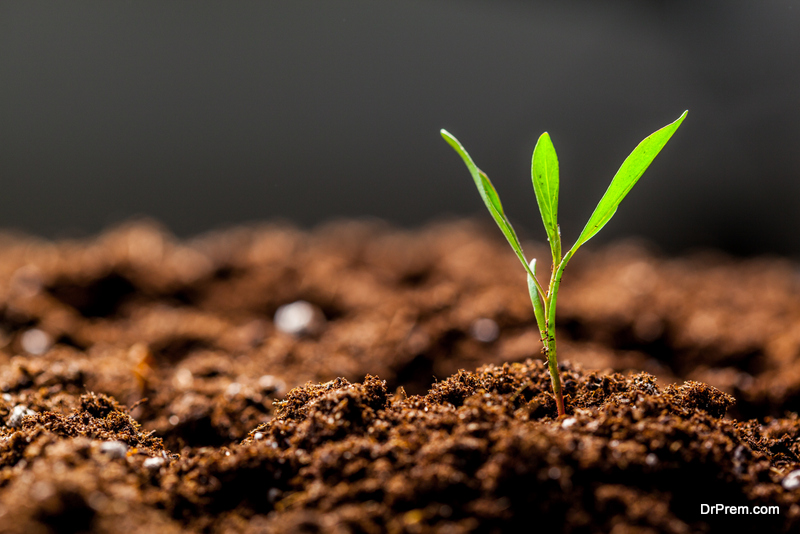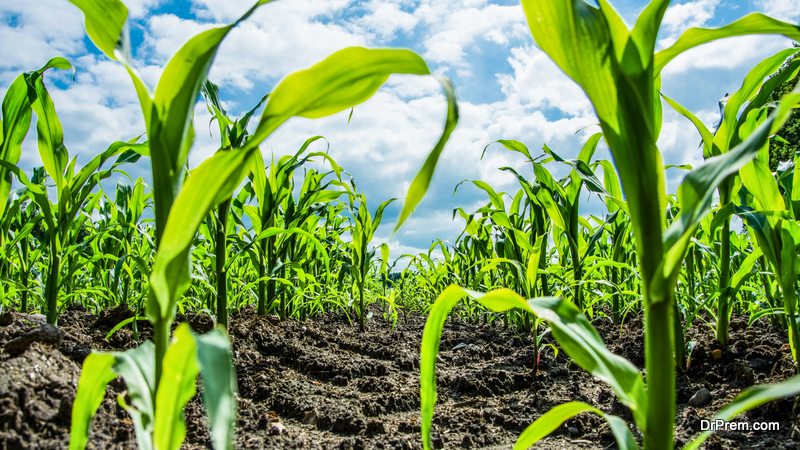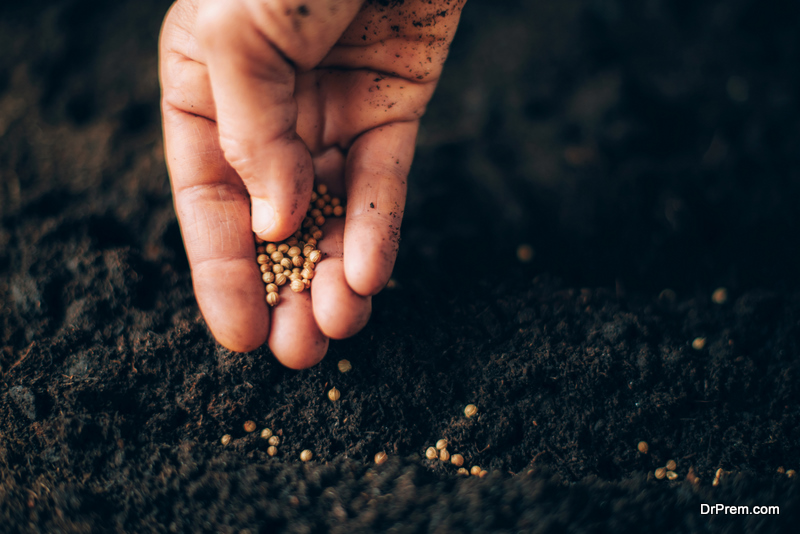The evolution of agriculture has been quite impressive over the years. As the world population has grown, the farming method for crop production has changed quite a lot. This is directly related to the need to feed more people when the concept of commercial farming was introduced. It came with heavy use of synthetic products to increase the crop yield and reach an optimum level to meet the needs. However, it comes at a cost of harmful effects on the environment. You can easily see the adverse effect of the overuse of chemicals on the soil structure, water quality, and crop quality.
Soil scientists believe that biofertilizers are the best bet to solve this issue. They are an excellent alternative to chemical fertilizers, with a host of benefits for plants and the environment.
What is Biofertilizer?
Biofertilizer is an organic and natural substance with live microorganisms and nutrients that are beneficial for plant growth. These fertilizers are typically at the heart of organic farming and are used to provide primary nutrients to the plant. Biofertilizers can be applied to the surface of the soil, seeds, or plant roots to supply the nutrients that are the food for the plant. This fertilizer is used by the plant for proper tissue development, the making of flowers and fruits, strengthening the root system, and much more.
Biofertilizers increase the solubility of the soil nutrients so that they can be absorbed by the plants effectively. So, they are highly effective in promoting plant growth without affecting soil quality. These fertilizers have an elementary role in promoting overall growth and giving the plant that vibrant green look.
Types of Biofertilizers

1. Nitrogen Fixing Biofertilizers
Nitrogen Fixing Biofertilizers are fertilizers that have microorganisms such as azotobacter,rhizobium, and acetobacter that are excellent for converting atmospheric nitrogen into ammonia. As plants cannot use atmospheric nitrogen effectively, nitrogen-fixing biofertilizers are used to convert atmospheric nitrogen to a usable form called ammonia. It basically increases the availability of ammonia in the soil.
Plants use nitrogen for various functions, such as photosynthesis, driving plant growth, increasing crop quality, root system, and so on. As nitrogen is one of the macro-nutrients required for overall plant growth, supplying the host plant with the same produces excellent results.
2. Phosphate Biofertilizers
As the name suggests, phosphate biofertilizers fix the amount of phosphorous in the soil. These biofertilizers use organic and inorganic phosphate sources to solubilize insoluble phosphate. These biofertilizers release insoluble phosphorous when applied to the soil area and produce organic acid that lowers the pH level of the soil. This makes it easy to absorb bound phosphorous.
Besides this, there are other plant growth-promoting biofertilizers such as Rhizobacteria that are also biopesticides as they can help the plant in fighting diseases, help in producing phytohormones, and increase the availability of macro and micronutrients.
Furthermore, composts are also an excellent biofertilizer that has enriched microorganisms. They are a mixture of ingredients that are comprised of decayed organic matter and animal waste. They are highly effective in increasing the productivity of the soil.
Benefits of Biofertilizers
- One of the biggest advantages of biofertilizers is that they have no adverse effect on the environment. They are composed of natural materials that have live micro-organisms which can help in improving soil quality and plant health.
- Biofertilizers do not leave behind toxic residue in the soil like any other synthetic product.
- It is a revolutionary product that has received rave reviews in the agricultural market for its effectiveness in sustainable farming.
- It is known to restore soil fertility and is an excellent soil activator.
Application of Biofertilizers

1. Seedling Root Dip
Seedling root dip involves covering the plant’s roots with a specific solution known as root dip, which promotes root development. This leads to rapid plant development and higher output. The seedling is immersed in water for a few hours to absorb the solution. This technique is commonly utilized for rice crops and rose plants.
2. Seed Treatment
Seed treatment is another approach for accelerating plant development by treating the seeds before planting. In this approach, a plant seed is immersed in a nitrogen or phosphorus solution. The seeds are steeped in the concoction for a while. Following this step, the seeds are dried and sown as soon as possible.
3. Soil Treatment
Soil treatment is done to fix the micro and macro nutrients present in the soil at the plantation site. In this process, bio-fertilizers and compost are mixed and kept aside for the night. Later on, this mixture is spread over the area of the plantation. This is basically done to increase the soil texture and fertility which can result in optimal plant growth.
Biofertilizers are excellent fertilizers that are quickly becoming a go-to source for providing potent nutrients to plants without compromising soil quality. As the world is moving towards a cleaner and greener planet, its demand is going to rise in the agriculture sector. Even today, farmers are actively using biofertilizers in the production of organic crops. These fertilizers are essential for sustainable farming practices. Furthermore, biofertilizers are fairly easy to apply to crops and do not cost much. They are also an excellent substitute for chemical fertilizers. These fertilizers can be used on agricultural land to increase productivity and also reduce its dependency on chemical fertilizers in modern farming practices.
Article Submitted By Community Writer


